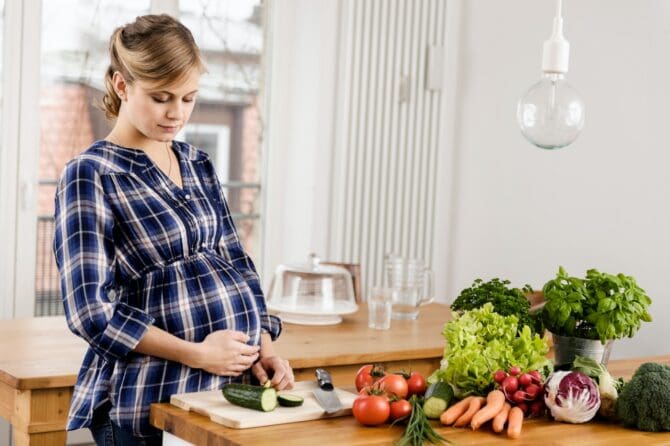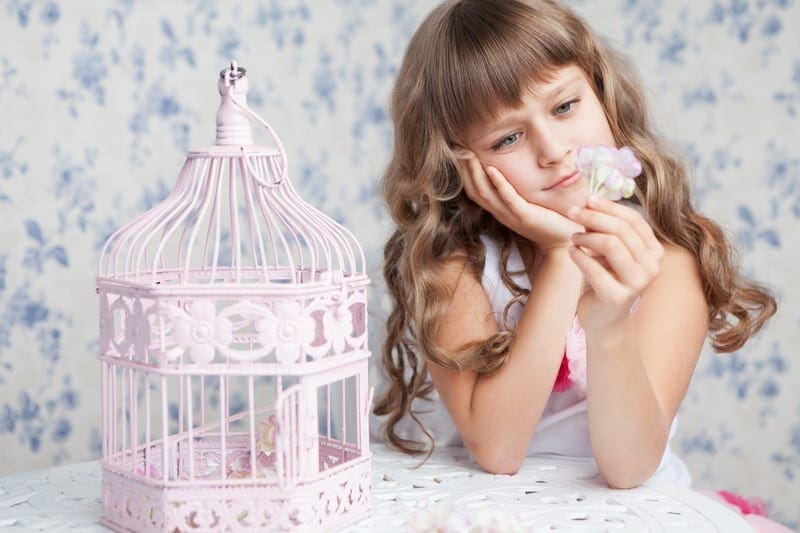Caffeine is woven into our daily routines—from that morning cup of coffee to the afternoon tea break. But if you’re trying to get pregnant, you may wonder: How much caffeine is safe? Can your daily latte or evening espresso be sabotaging your fertility goals? In this comprehensive guide, we’ll explore:
How caffeine affects fertility
What the research says
Recommended caffeine limits for TTC (trying to conceive)
Hidden sources of caffeine
Practical tips for cutting back without going cold turkey
Fertility-friendly caffeine alternatives
Balancing energy, mood, and sleep
Tracking your intake and progress
By the end of this post, you’ll have actionable strategies to enjoy your favorite warm beverages while maximizing your chances of conception.
How Caffeine Affects Fertility
Caffeine is a stimulant that crosses biological barriers—including the placental barrier once you’re pregnant—and influences multiple systems:
Hormonal Impact: High caffeine intake may slightly raise estrogen metabolism, alter cortisol rhythms, and interfere with the balance of reproductive hormones.
Ovarian Function: Animal studies suggest that excessive caffeine can delay follicle maturation and reduce ovulation rates.
Uterine Blood Flow: Caffeine’s vasoconstrictive effect can reduce blood flow to the uterus, potentially impairing endometrial receptivity.
Sperm Quality (Partner Impact): In men, high caffeine consumption has been linked—though inconsistently—to reduced sperm concentration and motility.
That said, moderate caffeine intake doesn’t appear to completely derail fertility; the key lies in understanding safe thresholds and individual tolerance.
What the Research Says
A. Conception Rates
A 2016 meta-analysis found that women consuming more than 300 mg of caffeine per day (roughly three 8-oz cups of coffee) had a modestly increased time-to-pregnancy compared to those consuming under 100 mg/day.
Intake of under 200 mg/day showed no significant impact on conception rates.
B. Miscarriage Risk
Earlier studies suggested that >200 mg/day might raise miscarriage risk by up to 50%.
More recent, well-controlled research indicates that when adjusted for smoking and other confounders, daily intake under 200 mg does not significantly increase miscarriage rates.
C. Male Fertility
Some evidence links high caffeine intake (>500 mg/day) in men with lower sperm concentration, but findings are mixed.
Moderate consumption (under 300 mg/day) appears neutral.
Bottom Line: Staying below 200–300 mg of caffeine daily is a prudent approach for couples trying to conceive.
Recommended Caffeine Limits for TTC
Based on current data and guidelines from fertility experts:
Pregnancy Planning: Aim for no more than 200 mg of caffeine per day.
Once Pregnant: Many obstetricians recommend limiting to under 200 mg/day, with some advising under 100 mg in the first trimester to maximize safety.
Partner Intake: Men should also target under 300 mg/day to support sperm health, though direct evidence is limited.
Translating those numbers:
Approx. Caffeine |
——————|
95–165 mg |
63 mg |
25–48 mg |
25–29 mg |
30–45 mg |
70–100 mg |
12 mg |
Hidden Sources of Caffeine
Caffeine can lurk in unexpected places:
Decaf Coffee & Tea: Still contains 2–7 mg per cup.
Chocolate & Cocoa Products: Darker chocolates pack more caffeine than milk chocolate.
Pain Relievers & Cold Medicines: Some over-the-counter pills include caffeine as an analgesic enhancer.
“Natural” Energy Shots: Check labels—they often exceed 200 mg in a small serving.
Tip: Always read ingredient lists and consider logging everything you consume for accurate tracking.
Practical Tips for Cutting Back
Gradual Reduction: Decrease daily intake by 25–50 mg each week to minimize withdrawal headaches and fatigue.
Mix Regular with Decaf: If you drink four cups of coffee, switch one to decaf, then gradually up the ratio.
Mindful Timing: Enjoy caffeine in the morning only; avoid after 2 p.m. to protect sleep.
Sip Smaller Servings: Order a “short” or “tall” instead of “grande” at coffee shops.
Hydrate with Water: Counteract diuretic effects by alternating every caffeinated drink with a glass of water.
Fertility-Friendly Caffeine Alternatives
Still crave that morning ritual? Try these swaps:
Chicory Coffee: No caffeine, similar flavor profile.
Yerba Mate (half dose): Naturally lower in caffeine, with antioxidants.
Golden Milk (Turmeric Latte): Warm, soothing—anti-inflammatory benefits without the buzz.
Herbal Teas: Rooibos, peppermint, chamomile—caffeine-free and hydrating.
Matcha (half serving): Less caffeine per serving with L-theanine for balanced energy.
Experiment to find what satisfies your palate and energy needs.
Balancing Energy, Mood, and Sleep
Caffeine reduction can reveal underlying fatigue or stress:
Energy Boosters: Short 10-minute walks or a splash of cold water on your face can sharpen focus.
Mood Support: Practice deep-breathing exercises or 5-minute mindfulness breaks to manage afternoon slumps.
Sleep Hygiene: With less caffeine late in the day, aim for consistent bedtimes, darkened rooms, and 7–9 hours of rest—crucial for hormonal balance and fertility.
Tracking Your Intake and Progress
Food & Drink Diary: Note every source of caffeine, with timestamps, for 2–4 weeks.
Compare to Recommendations: Tally daily totals and ensure they stay under your target (200 mg/day).
Symptom Journal: Record energy levels, mood, menstrual symptoms, and any withdrawal effects.
Adjust as Needed: If you notice headaches or fatigue, ease your reduction pace; if you feel better, continue fine-tuning.
Consistent tracking empowers you to make informed adjustments and stay accountable.
Putting It All Together
Limiting caffeine doesn’t mean giving up your favorite beverage; it’s about enjoying mindfully and staying within fertility-friendly thresholds. Here’s a sample 4-week plan:
Goal | Actions |
———————————————|————————————————————–|
Establish Baseline | Track current intake; identify hidden sources |
Reduce by 25% | Swap one cup of coffee for decaf or an alternative tea |
Reduce by 50% | Choose smaller sizes; eliminate afternoon caffeine |
Solidify Routine & Evaluate | Maintain ≤200 mg/day; monitor energy, mood, and sleep quality|
Follow this plan alongside balanced nutrition, moderate exercise, and stress-management practices to maximize your fertility potential.
Frequently Asked Questions
Can I drink one cup of coffee per day when trying to conceive?
Yes. One 8-oz cup (≈95–165 mg caffeine) falls within the recommended ≤200 mg/day and is unlikely to impair fertility.
Does tea count toward my caffeine limit?
Absolutely. Black tea contains 25–48 mg per cup, green tea 25–29 mg. Include all caffeinated beverages in your daily total.
What about decaf coffee—can I drink unlimited decaf?
Decaf still has 2–7 mg per cup. While very low, track it if you have multiple daily servings.
Are energy drinks more problematic than coffee?
Often yes. Many energy drinks deliver 70–100 mg per 8 oz, plus added stimulants. Read labels carefully and limit or avoid these products.
Can my partner’s caffeine intake affect my fertility?
High caffeine in men (over 500 mg/day) may reduce sperm quality slightly. Both partners should aim for moderate consumption for optimal results.
Is chocolate a significant source of caffeine?
Dark chocolate (70–85% cocoa) has about 12 mg caffeine per ounce; milk chocolate less. Factor it into your daily tally if you’re sensitive.
I get headaches when I cut back—what should I do?
Gradual reduction (25–50 mg/week) helps minimize withdrawal. Stay hydrated, rest, and consider over-the-counter pain relief if needed.
Does caffeine affect implantation if I’m already pregnant?
High caffeine may slightly increase miscarriage risk in early pregnancy, but staying under 200 mg/day is considered safe by most obstetric guidelines.
—
By understanding how caffeine interacts with reproductive health, setting reasonable limits, and adopting mindful strategies, you can continue to enjoy your favorite beverages while keeping your fertility goals on track. Here’s to both the ritual and the results—may your journey to conception be energized, balanced, and ultimately successful!










